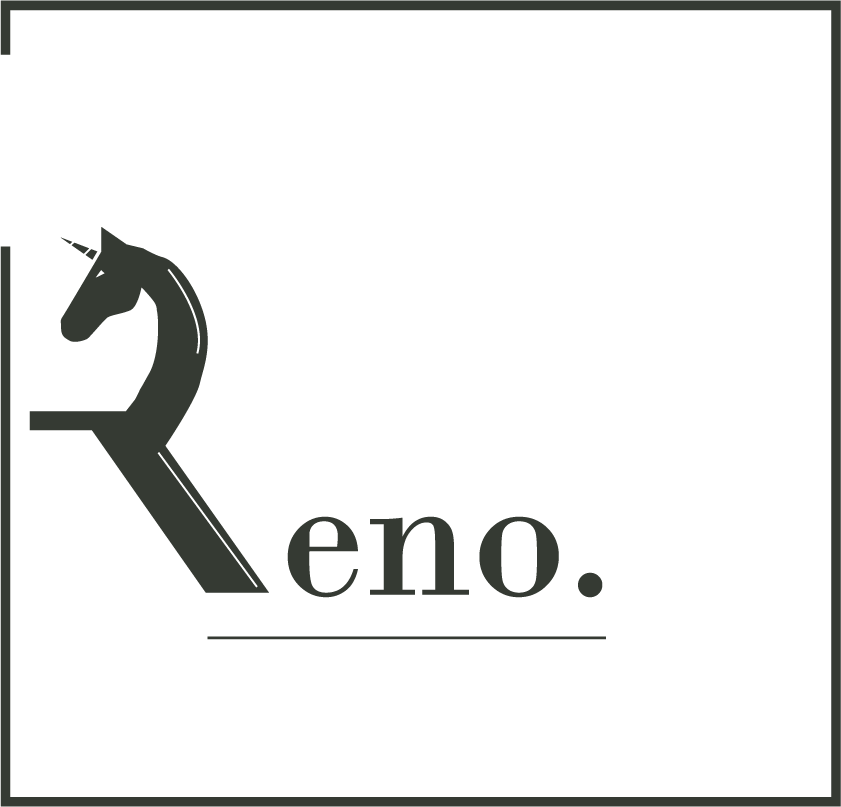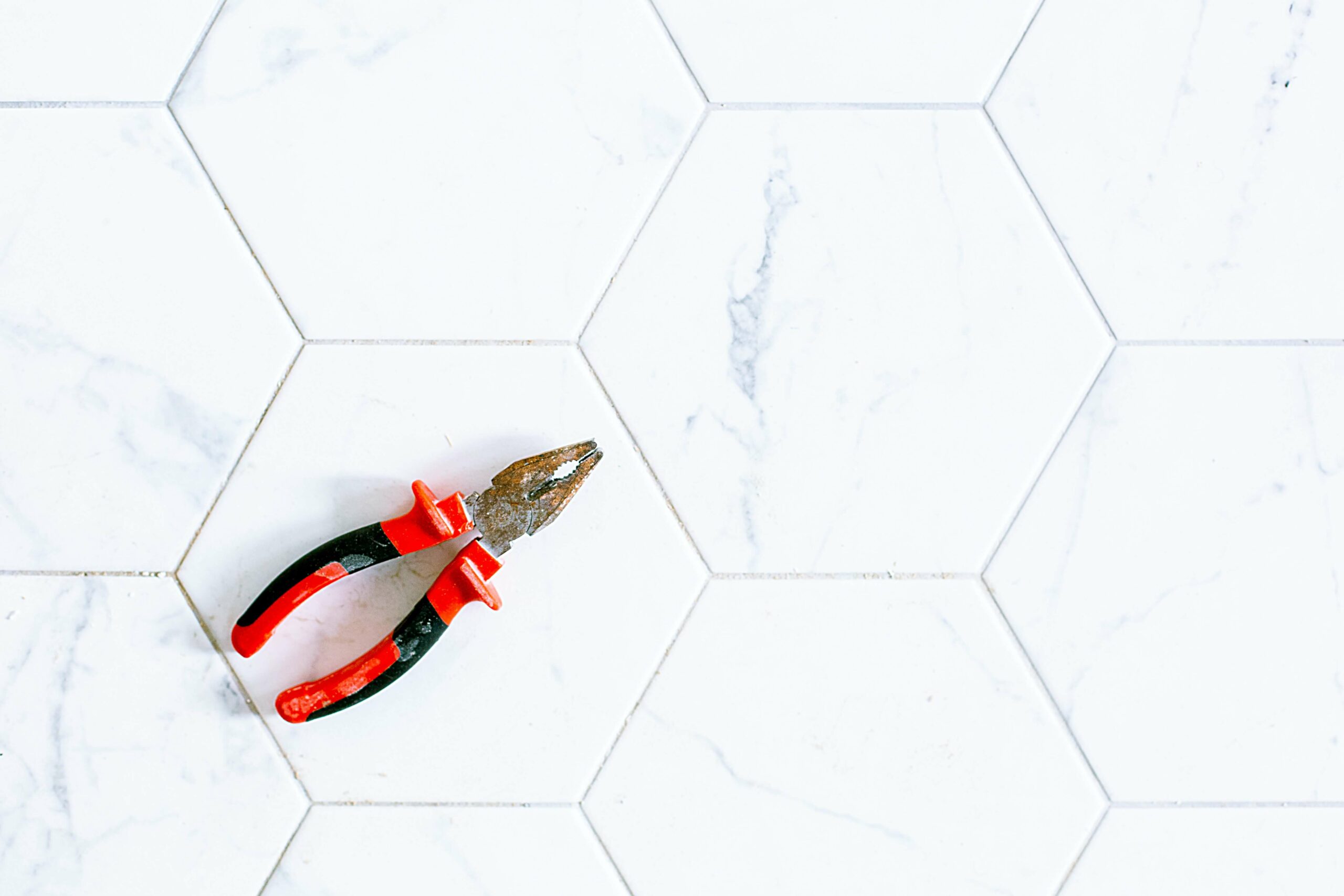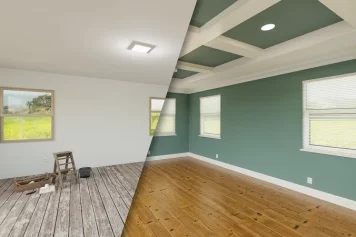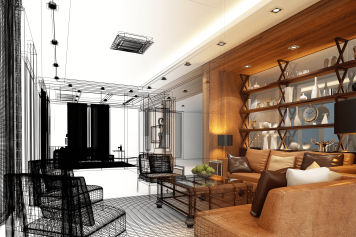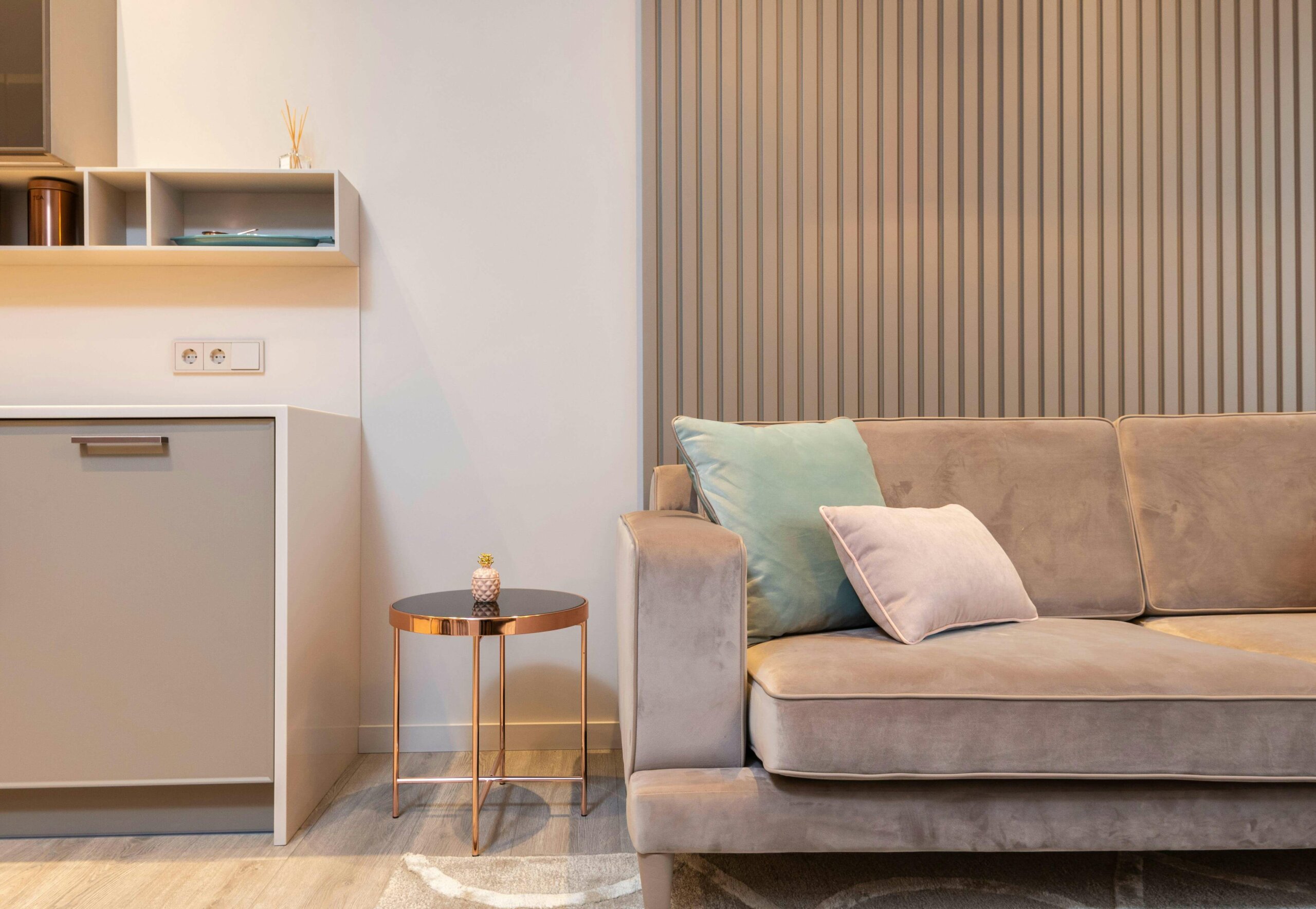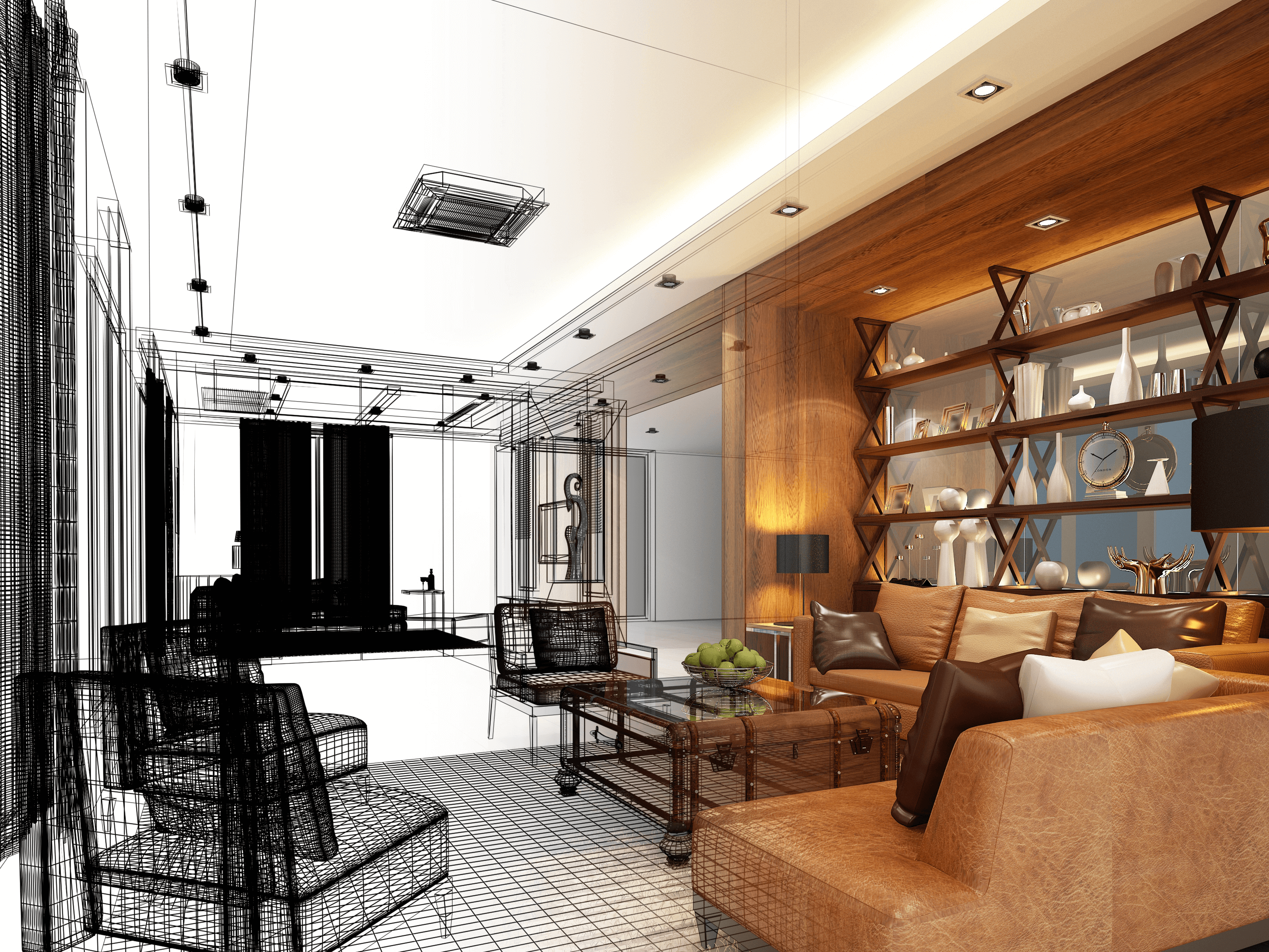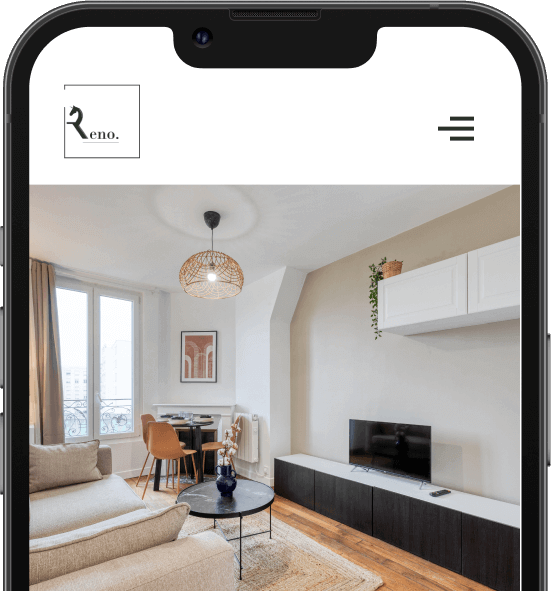Looking to renovate your bathroom or kitchen flooring ? Tile is an ideal design solution. Tile is a safe bet thanks to its ease of maintenance, durability, and aesthetic appeal. It’s also available in a variety of materials, sizes, patterns, and colors.
It’s a great way to brighten up home interiors and add authentic charm to rooms. However, the cost of installing tiles varies depending on several factors, including the material used, the installation technique, and the surface area to be tiled.
Factors that influence the price of laying tiles
Tiling is a service whose price varies from one renovation project to another. Indeed, the final cost can depend on:
- From the chosen material,
- Of the area to be covered,
- From the type of pose,
- From the format of the tiles,
- From the state of the support,
- From the pattern or direction of installation,
- Finishing touches.
The layout of the home can also have an impact on the budget to be allocated for the installation work. You should know that installing tiles in the living room of an apartment with many angles may require the craftsman to make several cuts. On the other hand, the installation will be much easier in a single-story house . You should also take into account that the prices for installing tiles remain decreasing.
This is one of the reasons why it is interesting to tile several rooms at once. Obviously, the cost of the operation also varies depending on the tiler to whom you entrust your project and the other work required for its implementation.
The cost of the selected material
The type of tile you install has a significant impact on the cost of the project. You can decorate your home with porcelain stoneware, earthenware, natural stone, cement tiles, or even terracotta. Each type of material has its own specific characteristics.
Porcelain stoneware
Porcelain stoneware is one of the most widely used materials for tiling. It stands out for its good value for money, its robustness, and its ease of maintenance. To maintain it, it is generally sufficient to use water mixed with dish soap. This product is available in a wide range of colors. It also has the advantage of imitating other types of materials, such as concrete, natural stone, and wood. Furthermore, you can find it in different variations, each with its own characteristics.
Polished porcelain stoneware has a surface that has been polished with a diamond disc. This gives it a shiny appearance. However, it must be specially treated to resist moisture, as this product remains relatively fragile.
Glazed porcelain stoneware is also a fragile material and features a decorative enamel coating. However, it has the advantage of offering a wide selection of patterns and colors. Regardless of the porcelain stoneware you choose for your rooms, the price per square meter (excluding installation) varies between 20 euros and 120 euros.
Earthenware
Earthenware is exclusively intended for wall installation. It comes in various colors and shapes, and gives your floor coverings a glossy appearance. Although susceptible to shocks and stains, this type of tile remains easy to maintain since it can be cleaned with soapy water. The price per square meter of this material, excluding installation, varies between €20 and €15.
Natural stone
Natural stone used as tiling is appreciated for its noble appearance, authenticity, and longevity. However, due to its relatively heavy weight, it is mainly used on ground floors. Its price is estimated between €30/m² and more than €200/m². The amount varies mainly depending on the type and quality of the stone used.
For example, you can opt for limestone tiles, which come in several natural colors (gray, beige, pink, etc.). Although this type of stone is susceptible to stains, it remains easy to maintain. Excluding installation, its price per square meter is around 40 to 100 euros.
Travertine, on the other hand, stands out thanks to its rustic and natural appearance. However, being quite fragile, this stone must be treated against stains and humidity. Then, it requires regular maintenance with soapy water. As for its price excluding installation, it is estimated between €30/m2 and €60/m2.
Granite, on the other hand, is easy to maintain (non-abrasive detergent or soapy water), durable, and available in a variety of highly aesthetic shades. Purchasing it requires an investment of between €60/m² and €200/m², excluding installation.
Cement tiles
Cement tiles are among the most sought-after materials when it comes to tiling. They are prized for their durability and aesthetic appeal. Available in a variety of patterns, they are suitable for both wet and dry rooms. Cement tiles also require annual treatment with a varnish, wax, or resin-based solution. You should budget between €35/m² and €150/m² for this material.
Terracotta
Terracotta is an interesting choice if you’re looking for an authentic and durable floor covering. It’s also popular for its wide range of colors, from purple to beige to pink. This type of tile also has the advantage of being available in a variety of shapes (terracotta tiles, paving stones, bricks, or tiles).
However, it remains susceptible to stains and moisture, hence the importance of regular maintenance with linseed oil. This treatment allows it to retain its properties and appearance. Excluding installation, the price of terracotta tiles varies between €30/m² and €100/m².
The mosaic
Mosaic is a material made from terracotta, travertine, glass paste, or small-sized sandstone. It’s ideal for backsplashes and shower floors, and can be used as a pattern in traditional tiling. Mosaics cost between €40 and €200 per square meter, excluding installation.
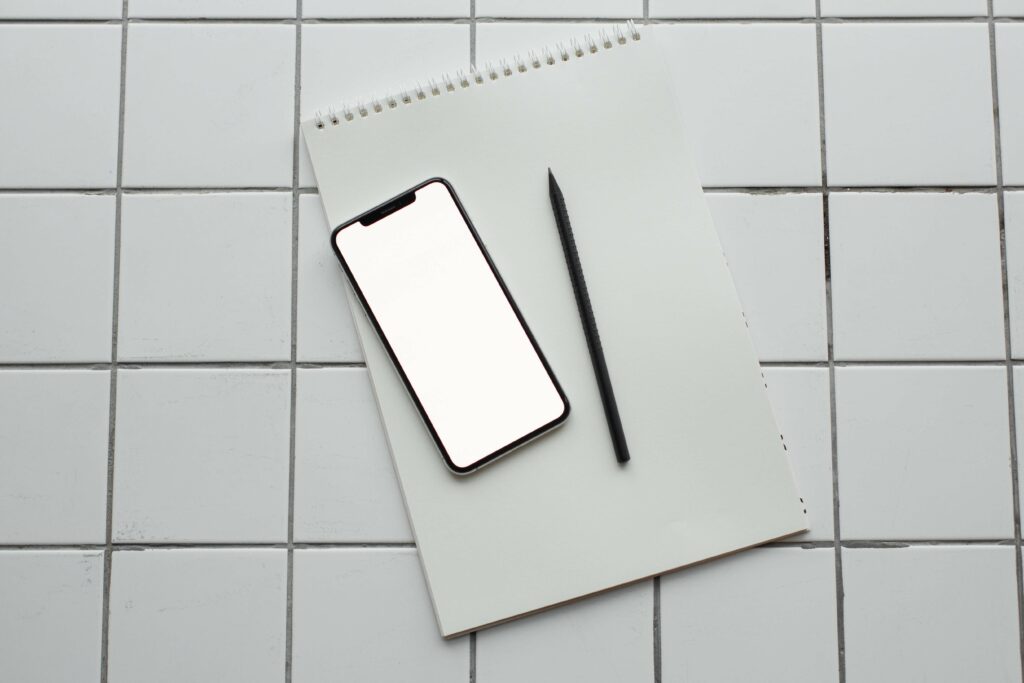
You are just a few clicks away from renovating your home
The price of tiling in relation to the surface area to be tiled
Generally speaking, the surface area to be covered has a significant impact on the budget required for tile installation. The larger the surface area, the higher the price.
Conversely, the cost of professional tile installation is decreasing in most cases. You must therefore carefully analyze the characteristics of your project and factor in the services of an expert into your calculations. Of course, you can also consider installing your tiles yourself. It all depends on your skills and financial capacity.
The cost of installing tiles
One of the factors that can affect the cost of tile installation is the technique chosen for installation. The price will vary mainly depending on the complexity of the installation. Clip-on installation is the easiest method to achieve.
The tiles are installed on the floor before being clipped together, which eliminates the need for additional joints. However, you should note that clip-on tiles remain more expensive than traditional tiles. You will need to budget between €35/m² and €40/m² for a quality tiling. Furthermore, their longevity and impact resistance are lower than those of standard tiles installed using mortar or adhesive.
Glue-down installation is also easy to perform. Simply install the floor covering over a pre-existing base (wall or floor). This can be a wooden floor, old tiles, or a rough cement screed. The surface of this base must be perfectly sound, clean, and flat to allow for the operation. Otherwise, leveling will be necessary to correct any defects in the wall or floor. For glue-down installation, you should budget between €35/m2 and €60/m2.
Sealed installation is the traditional method for installing tiles. This process requires the application of a mortar screed (a mixture of water, sand, and cement) over a dry cement screed.
This installation is recommended for damp rooms and uneven floors. It allows for the correction of defects found on the latter. Sealed installation also has the particularity of being applied only to floors. However, its implementation requires specific technical skills. This complexity of execution makes this operation the most expensive. You should expect to pay between €50/m2 and €80/m2.
The price of tiles depending on the size of the tiles
Tile size is also an important factor to consider when installing tiles in your home. The larger the size, the more difficult it becomes to handle. If you’re considering glue-down installation, the amount of adhesive required will be greater. Therefore, the average cost of installing large-format tiles is generally higher than that of standard-sized tiles.
The cost of installation in relation to the condition of the surface to be covered
The condition of the area to be tiled plays a major role in calculating the cost of installing your tiles. This process generally requires a clean, sound, and flat surface. If the area to be covered does not meet these requirements, preparation work will be required before installing the tiles. The nature of this work may vary from one project to another.
Leveling is generally necessary on uneven floors. Tilers must correct any defects found to achieve a perfectly level base. This operation costs between €15/m² and €35/m² .
If the base to be covered is damp, drying is required. This will be accompanied by a water-repellent treatment. The price of this intervention generally varies between €10/m² and €20/m². However, as soon as the floor shows signs of mold, the application of a specific product is essential to treat them. This anti-mold treatment costs between €10/m² and €20/m².
Please note that installing tiles over existing tiles is a special operation. You must ensure that the surface is completely level. The tiles must also adhere perfectly to the substrate and be in good condition. Otherwise, the old tiles must be removed before installing the new ones. This removal generates additional costs ranging from €15/m² to €25/m².
The price of installation depending on the pattern or direction of installation
There are a number of different installation patterns and directions. Some of them are more expensive than traditional installation, also known as straight installation. The latter allows for the alignment of tiles of identical size along a wall. This is the least expensive and most common technique. You should expect to pay between €30/m² and €45/m².
The “staggered joint” or staggered installation is a variation of the traditional installation. The difference with the latter is that each row of tiles is offset by a third of a tile or half a tile from the neighboring row. Being more complex, this technique requires a certain amount of know-how, and an investment ranging from €35/m2 to €55/m2.
The cost of finishing
The finish and its quality can have a significant impact on the final cost of tile installation, so you should carefully check what’s included in your quote when comparing it to others.
The price per square meter to consider for tiling
Several factors determine the final cost of installing tiles. It’s best to add up the various services to arrive at the total cost of the project. This includes labor costs and materials.
For example, the total price of a tile installation can be calculated by adding together the cost of the floor covering, removing the old tiles, and leveling. Added to these are the installation costs by the professional tiler, the cost of the baseboards, and the cost of installing these baseboards by the professional. Therefore, the quote is not the same for all tilers, for each tile renovation project.
